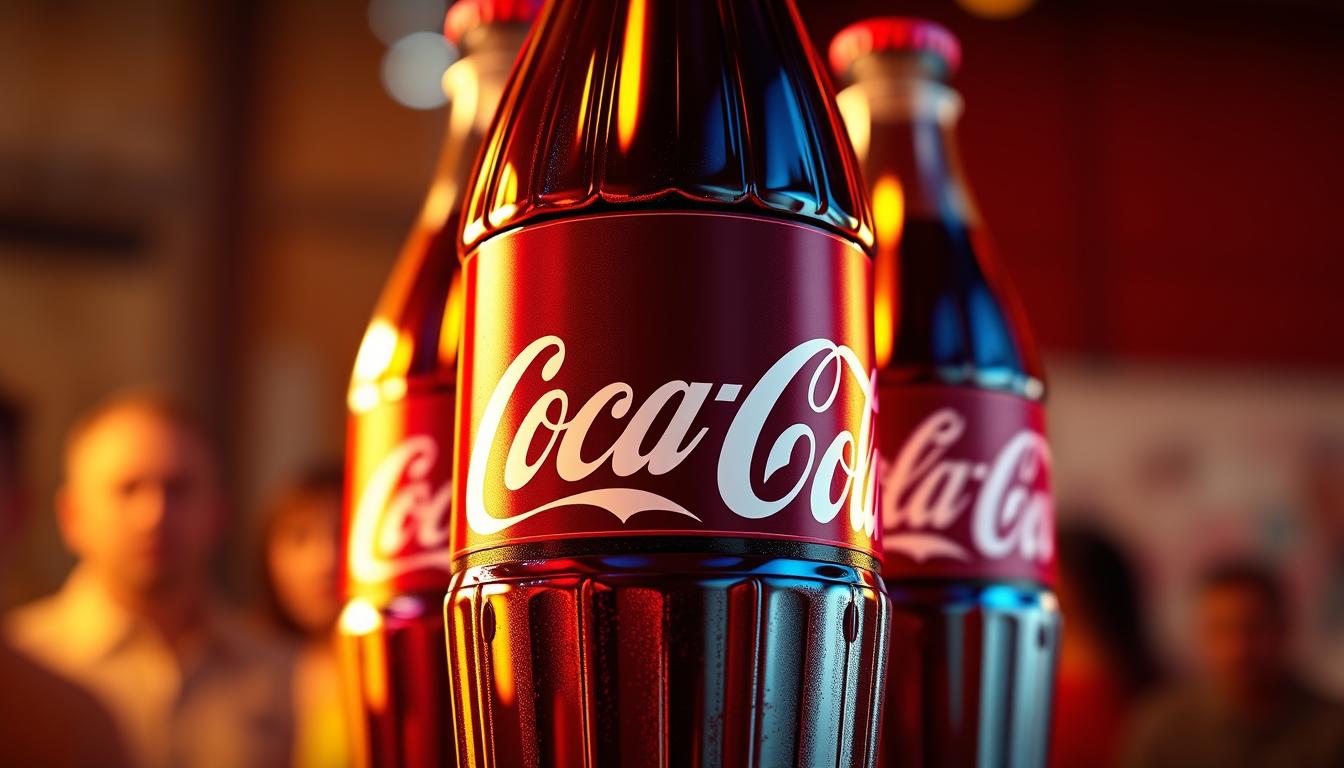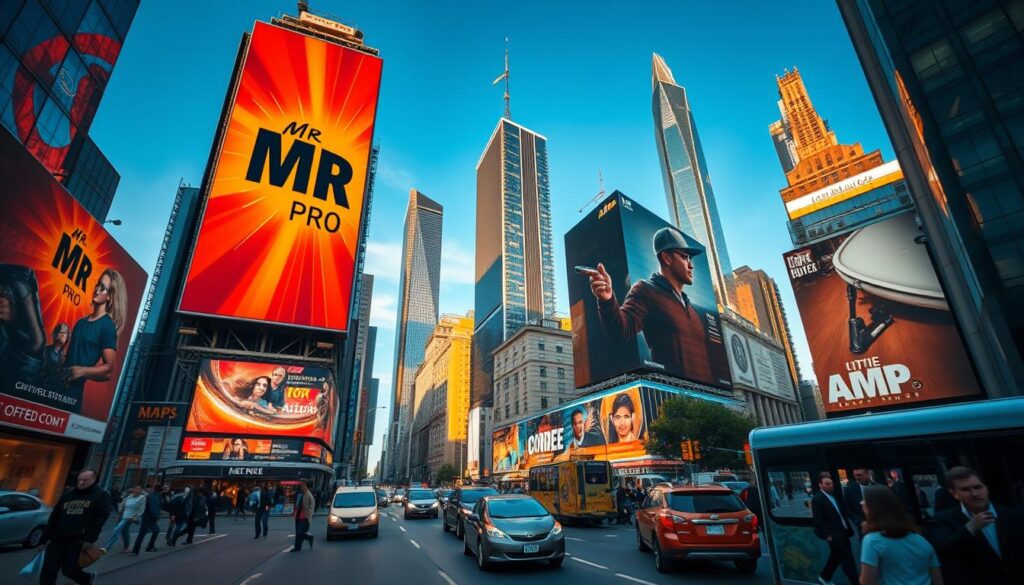
Imagine walking into a store and seeing your name on a Coca-Cola bottle. This simple yet powerful idea sparked a global phenomenon. In 2011, Coca-Cola launched the Share a Coke campaign in Australia, replacing its iconic logo with popular names. The result? Over 250 million personalized bottles sold worldwide, making it one of the most successful marketing campaigns in history.
This innovative approach didn’t just stop at names. It created a wave of engagement, especially on social media. Consumers eagerly shared photos of their personalized bottles, turning the campaign into a viral sensation. The hashtag #ShareACoke became a rallying cry, with millions of posts across platforms like Instagram and Facebook.
The campaign’s success wasn’t just about numbers; it was about connection. By putting consumer names on bottles, Coca-Cola made its brand personal. This strategy resonated deeply, especially with younger audiences, leading to an 11% sales increase in the U.S. alone.
• The Share a Coke campaign revolutionized personalized marketing.
• It connected with consumers on a personal level through custom bottles and social media.
• The campaign’s global expansion showcased the power of localization and innovation in marketing.
The Genesis of the “Share a Coke Campaign”
In 2011, Coca-Cola South Pacific embarked on an innovative journey with their “Project Connect” initiative, aiming to reengage young adults. This effort led to a concise yet impactful 151-word creative brief that would change marketing history.
Background and Creative Brief
The challenge was clear: innovate to connect with a younger demographic. The solution? Replace the iconic Coca-Cola logo with popular first names, creating a personal touch. This simple idea sparked a global phenomenon.
Initial Launch and Market Reaction
Launching in Australia, the campaign featured the 150 most popular names. Consumers were delighted to find their names on bottles, creating an instant emotional connection. Opinion leaders and influencers quickly shared their experiences, propelling the campaign into the spotlight.
From traditional media to digital platforms, the campaign was strategically omnipresent. This dual approach ensured maximum reach and engagement, setting a new standard for personalized product content.
| Strategy | Details | Results |
|---|---|---|
| Personalization | Featured 150 popular names | Over 250 million bottles sold |
| Media Integration | Traditional and digital channels | 11% sales increase in the U.S. |
| Consumer Engagement | Encouraged social sharing | 870% increase in Facebook traffic |
Learn more about how personalized marketing can boost your brand’s success by visiting our e-commerce SEO strategies.
Innovative Tactics and Multichannel Marketing
The “Share a Coke” campaign excelled by blending cutting-edge digital strategies with traditional media, creating a seamless and engaging experience for consumers worldwide.
Digital Platforms and Social Media Breakthroughs
Coca-Cola harnessed the power of digital innovation to captivate audiences. One notable example was the live Coke sign display in Sydney, which became a focal point for consumer interaction. The creation of a new typeface, “You,” added a personal touch to the campaign, making each Coke bottle unique. Social media amplification played a crucial role, as consumers shared their personalized bottles widely, turning the campaign into a viral sensation. The development of digital printing techniques allowed for mass production of customized bottles, while overcoming trademark issues ensured the campaign’s integrity. The result was a significant impact on sales, with a notable increase in key markets.

Traditional Media Integration and ATL Strategies
Complementing digital efforts, Coca-Cola effectively integrated traditional media and above-the-line (ATL) strategies. Television commercials and print ads featured personalized messages, reinforcing the campaign’s reach. The team’s ability to navigate internal and external challenges ensured the idea’s successful execution. This dual approach not only maximized visibility but also contributed to substantial sales growth, solidifying the campaign’s impact on the market.
Learn more about how integrated marketing strategies can elevate your brand by visiting our digital marketing strategies page.
Deep Dive into Personalization
Personalization played a pivotal role in transforming Coca-Cola into more than just a drink. By placing individual names on bottles, the brand created an emotional keepsake that resonated deeply with consumers. This strategy not only enhanced the product experience but also fostered a unique consumer experience.
Leveraging Names for Emotional Connection
The campaign’s success hinged on its ability to connect with consumers on a personal level. The creation of the “You” font, a custom typeface, added a personal touch to each bottle. This attention to detail helped overcome legal challenges, ensuring the campaign’s integrity while maintaining its innovative edge.
Creating a Unique Consumer Experience
Real-life stories highlighted how an ordinary can became a personalized product that resonated deeply. For instance, finding one’s name on a bottle sparked joy and sharing, creating heartfelt moments. The step-by-step process of crafting this experience involved careful design and strategy, making it both innovative and effective.

The emotional narrative behind sharing a Coke with loved ones was central to the campaign’s success. This approach not only drove engagement but also solidified Coca-Cola’s position as a leader in personalized marketing. For deeper insights, explore how macro-marketing strategies can elevate your brand in this detailed analysis.
Global Rollout and Market Adaptation
From Australia to over 70 countries, the “Share a Coke” campaign became a global phenomenon, proving the power of localization. Local agencies played a key role in adapting the concept to fit diverse markets, ensuring cultural relevance.
Localizing the Campaign Across Countries
In Great Britain, the campaign featured popular names, while Germany focused on regional preferences. Turkey and South Africa incorporated local nuances, making the campaign resonate deeply with their audiences. This approach not only boosted sales but also created a strong emotional connection.

Cultural Relevance and Consumer Engagement
Different platforms and agencies influenced the campaign’s success globally. By tailoring the campaign to each market, Coca-Cola ensured cultural relevance, leading to higher engagement. Young adults and various user demographics embraced the campaign, sharing their experiences widely.
Discover how effective marketing strategies can elevate your brand by visiting our search engine optimization page.
Impact on Sales, Branding, and Consumer Experience
The “Share a Coke” initiative had a profound impact on both sales and brand perception. By personalizing bottles with popular names, Coca-Cola created an emotional connection with consumers, leading to significant increases in sales and brand loyalty.
Sales Growth and Marketing Metrics
The campaign’s success was evident in its numbers. In Australia, where it first launched, Coca-Cola saw a 7% increase in sales volume within the first month. Globally, over 1.5 billion personalized bottles were sold, with a 2% increase in global Coke volume sales.
| Metric | Details | Results |
|---|---|---|
| Sales Increase | 7% in Australia | 1.5 billion bottles sold |
| Market Share | 4% increase | 11% brand awareness boost |
| Social Engagement | 81 million impressions | 175 million social media views |
User-Generated Content and Viral Sharing
The campaign’s viral success was driven by user-generated content. The hashtag #ShareACoke generated over 100 million social media interactions, with consumers eagerly sharing photos of their personalized bottles. This organic engagement turned the campaign into a global phenomenon.

The combination of personalized packaging and social sharing created a unique consumer experience, revitalizing Coca-Cola’s brand image and appealing to both young adults and adult consumers. This dual approach of emotional connection and viral sharing solidified the campaign’s success, making it a landmark in advertising history.
Conclusion
The “Share a Coke” campaign stands as a testament to the power of innovative marketing. By replacing its logo with consumer names, Coca-Cola created a personal connection that resonated globally. This strategy not only boosted sales but also sparked a wave of engagement across social media platforms.
The campaign’s success was marked by numerous awards, including multiple recognitions at the Cannes Lions. Its impact extended beyond numbers, as it became a cultural phenomenon. From billboards to digital platforms, the campaign seamlessly integrated various channels to reach a wide audience.
The hashtag #ShareACoke became a rallying cry, with millions of posts sharing the joy of personalized bottles. This viral movement highlighted the importance of sharing in creating brand loyalty. The campaign’s story serves as a benchmark for future marketing strategies, showing how emotional connections can drive success.
The lasting impact of this campaign lies in its ability to build a loyal fan base. By fostering personal connections through creative sharing, Coca-Cola demonstrated the value of innovation in marketing. The campaign’s legacy is a reminder that meaningful engagement across all channels can lead to extraordinary results.

 Share a Coke: How Personalization Boosted Coca-Cola’s Sales Worldwide
Share a Coke: How Personalization Boosted Coca-Cola’s Sales Worldwide
0 Comment